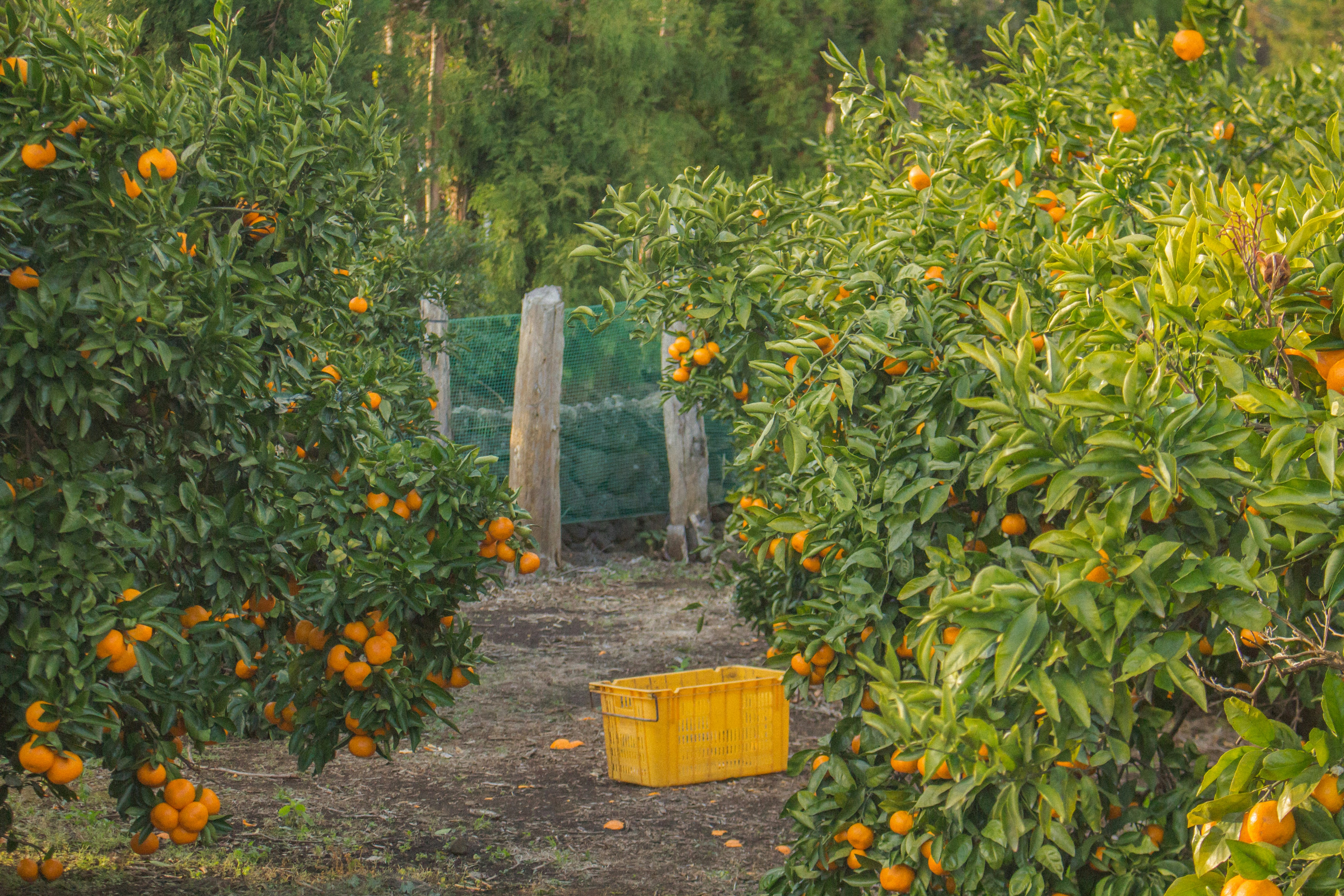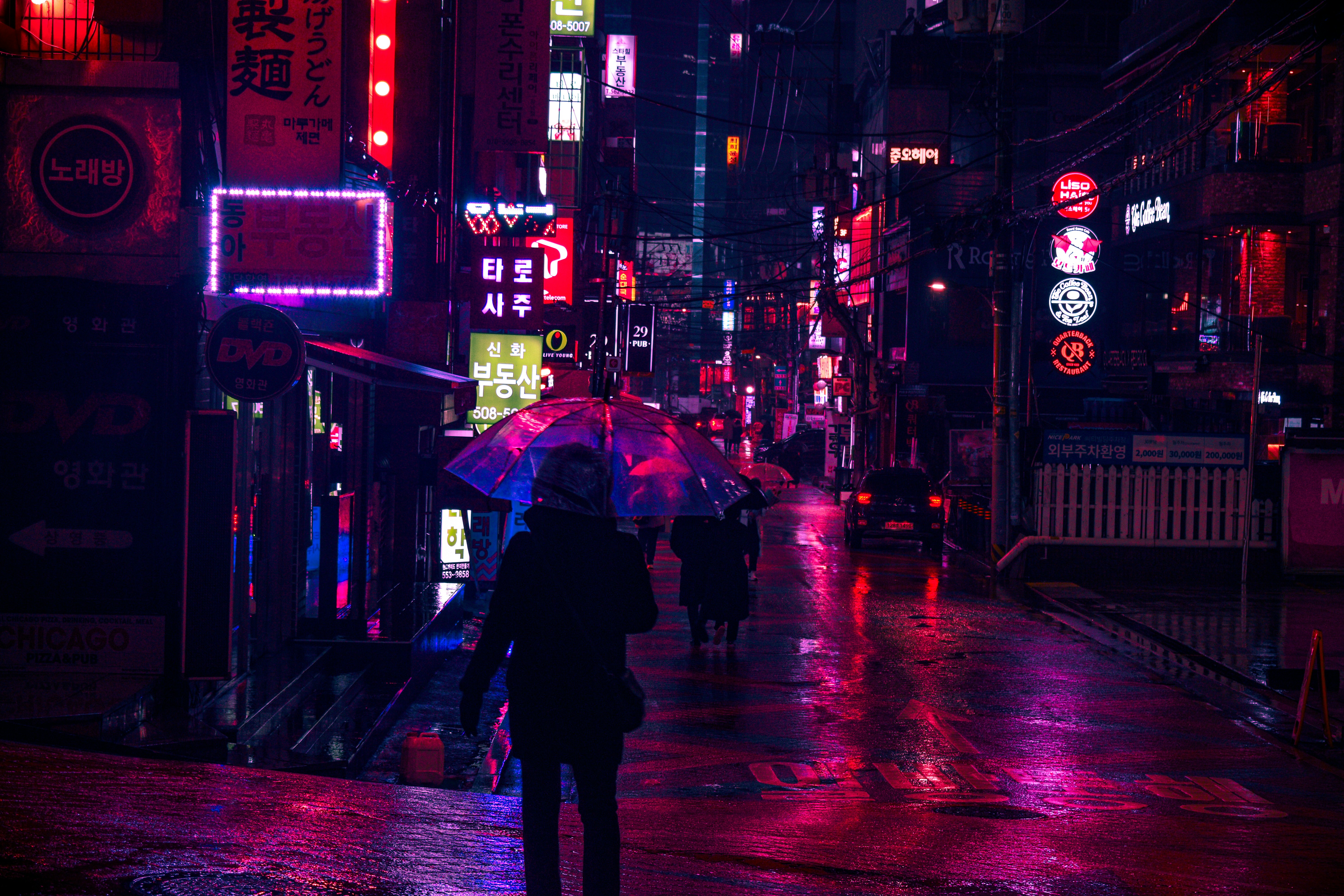Welcome to Jeju-do, an island forged by fire and shaped by the sea. Far more than just a scenic getaway, Jeju is a world of its own, boasting a unique dialect, a matriarchal heritage, and mythical landscapes. From its emerald coastlines to the peak of its dormant volcano, prepare for an adventure that tantalizes all the senses.
#Must-See Natural Wonders
Jeju's landscape is a designated UNESCO Global Geopark for a reason. These sites are non-negotiable.
Hallasan National Park: Touch the Sky
The soul of Jeju, Hallasan is South Korea's highest peak and a spiritual centerpiece. Various trails cater to all abilities, winding through lush forests and alpine meadows.
- •The Challenge: The Gwaneumsa and Seongpanak trails lead to the summit's breathtaking crater lake, Baengnokdam ($백록담$). This is a full-day hike requiring proper gear.
- •Pro-Tip: Check the official park website for trail closures and weather conditions before you go. The mountain's climate is notoriously unpredictable.
Seongsan Ilchulbong (Sunrise Peak): A Crown of the Coast
This dramatic, tuff cone crater rising from the ocean is Jeju’s most iconic landmark.
- •The Classic: A 30-minute climb rewards you with legendary sunrise views. Arrive early to secure a good spot.
- •The Insider Secret: Visit at sunset. You'll witness the peak cast in a golden glow with a fraction of the morning crowd, offering a more serene experience.
Manjanggul Cave: Journey to the Earth's Core
Step into one of the world's most magnificent lava tubes. A 1-kilometer section is open to the public, revealing a subterranean world of staggering scale and eerie beauty.
- •What to Expect: The path is cool, dark, and damp. Notice the unique lava stalactites and the colossal 7.6-meter lava column at the end.
- •Be Prepared: Wear sturdy shoes and bring a light jacket, as the cave maintains a cool temperature of $11-21^{circ}C$ year-round.
#Savor the Flavors of Jeju
The island's isolation has cultivated a distinct and delicious culinary scene.
The Legend: Jeju Black Pork BBQ (Heuk-dwaeji | 흑돼지)
This isn't just any pork. The native Jeju black pig yields meat that is exceptionally tender, marbled, and rich in flavor. Grilled over charcoal, it's a culinary rite of passage.
- •Where to Go: For an authentic, no-frills experience, head to Donsadon (돈사돈) in Jeju City, famous for its thick, juicy cuts.
Treasures from the Sea
Surrounded by ocean, Jeju's seafood is unparalleled in freshness.
- •Abalone Porridge (Jeonbok-juk | 전복죽): A creamy, savory, and restorative dish best enjoyed at a seaside restaurant with ocean views.
- •Sea Urchin & Seaweed Soup (Seongge-guk | 성게국): A briny, umami-rich soup that captures the taste of the Jeju sea in a bowl.
- •Raw Fish (Hoe | 회): Visit Dongmun Market for a vibrant atmosphere and the freshest catch, sliced to order.
The Island's Gold: Hallabong Oranges
Instantly recognizable by their protruding "navel," these sweet, juicy, and seedless oranges are a must-try. You'll find them sold whole, as fresh-squeezed juice, and in countless desserts and souvenirs.
#The Soul of the Island: Culture & Heritage
The Haenyeo (해녀): Living Mermaids of Jeju
Witness the island's legendary "women of the sea." These incredible divers, many in their 70s and 80s, harvest seafood from the ocean floor without breathing equipment. Their resilience is a symbol of Jeju's spirit and is recognized as a UNESCO Intangible Cultural Heritage.
- •Where to See Them: Watch a live demonstration near Seongsan Ilchulbong or visit the Haenyeo Museum in Hado-ri to fully appreciate their history and lifestyle.
Dol Hareubang (돌 하르방): The Stone Grandfathers
These iconic statues, carved from volcanic rock, are the silent guardians of the island. Found everywhere, they are considered protectors against evil and are symbols of fertility. Rubbing their nose is said to bring a son!
#Getting Around the Island
- •
Best Option: Rental Car To truly explore Jeju's hidden coves, scenic coastal roads, and charming cafes, renting a car is essential. Roads are well-maintained with English GPS and signage. Book well in advance, especially during peak season, and have your International Driving Permit (IDP) ready.
- •
Alternatives For those who prefer not to drive, organized day tours cover the main highlights efficiently. Taxis are also available and can be hailed with the Kakao T app. Public transport exists but can be slow and infrequent for reaching more remote areas.
#Where to Stay: Finding Your Base
- •Jeju City (North): The island's bustling hub. Best for foodies, nightlife, easy airport access, and a wide range of accommodation.
- •Seogwipo (South): A more relaxed city surrounded by stunning waterfalls and coastal scenery. The ideal base for nature lovers and hikers.
- •Udo Island (East Islet): For the ultimate tranquil escape. A small island off the coast famous for its pristine white-sand beaches and peanut-flavored ice cream. Perfect for a day trip or a peaceful overnight stay.
#Best Time to Visit
Jeju is a year-round destination, with each season offering a unique charm.
- •Spring (April-May): Paradise in bloom. The island is blanketed in cherry blossoms and fields of vibrant yellow canola flowers. The weather is pleasant and perfect for hiking.
- •Summer (June-August): Peak beach season. Hot, humid, and lively. Ideal for swimming and water sports, but expect large crowds and higher prices.
- •Autumn (September-November): The golden season. The weather is perfect—cool, crisp, and sunny. The island is awash in autumn colors, making it ideal for exploring Hallasan.
- •Winter (December-February): A quiet beauty. Enjoy fewer tourists, snow-capped Hallasan, and beautiful blooming camellia flowers.
Quick Review Summary
What We Loved
- •Stunning natural beauty
- •Unique cultural experiences
- •Amazing local food
- •Year-round destination
Things to Consider
- •Can be expensive during peak season
- •Limited public transportation
- •Language barrier outside tourist areas



